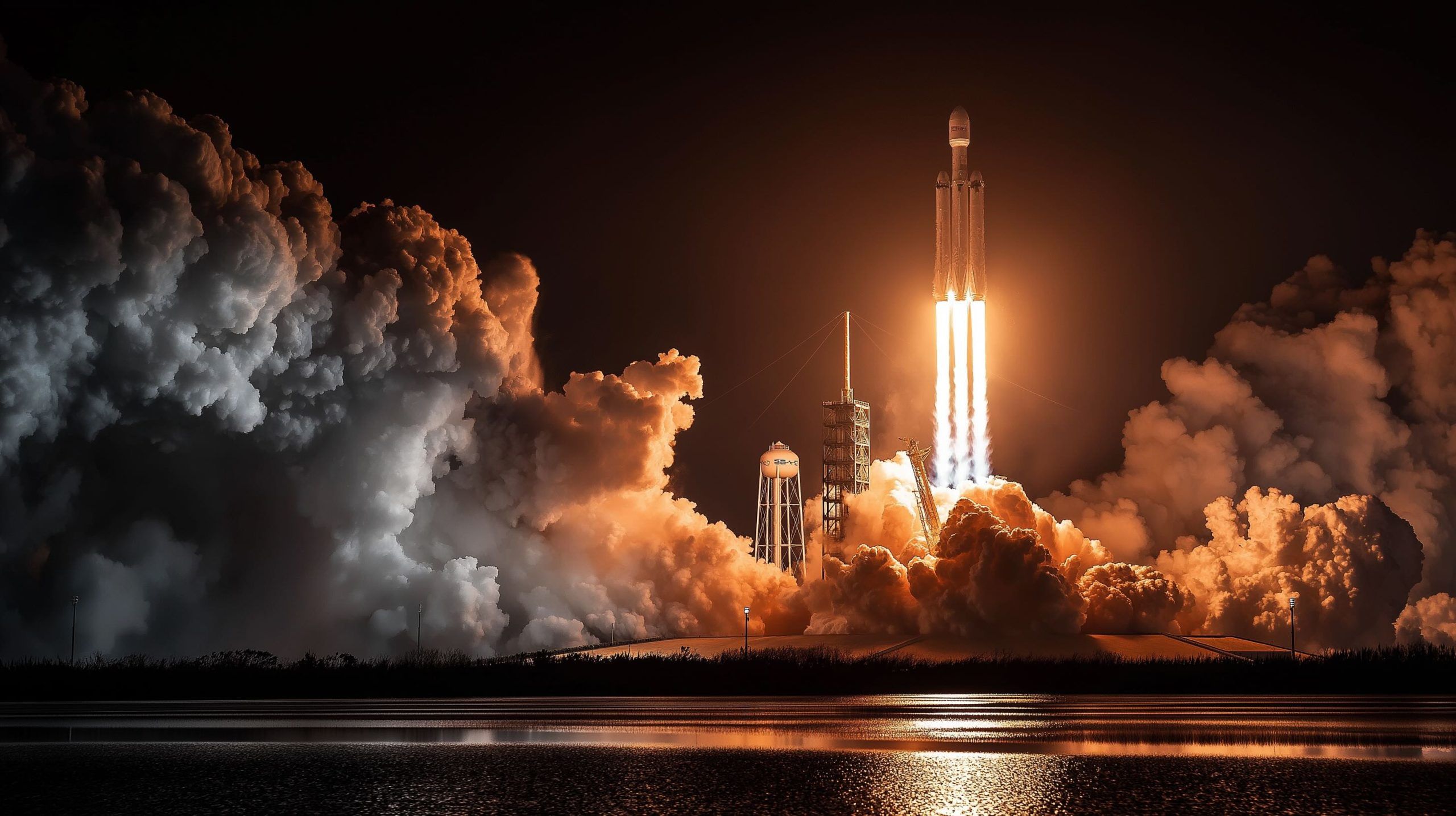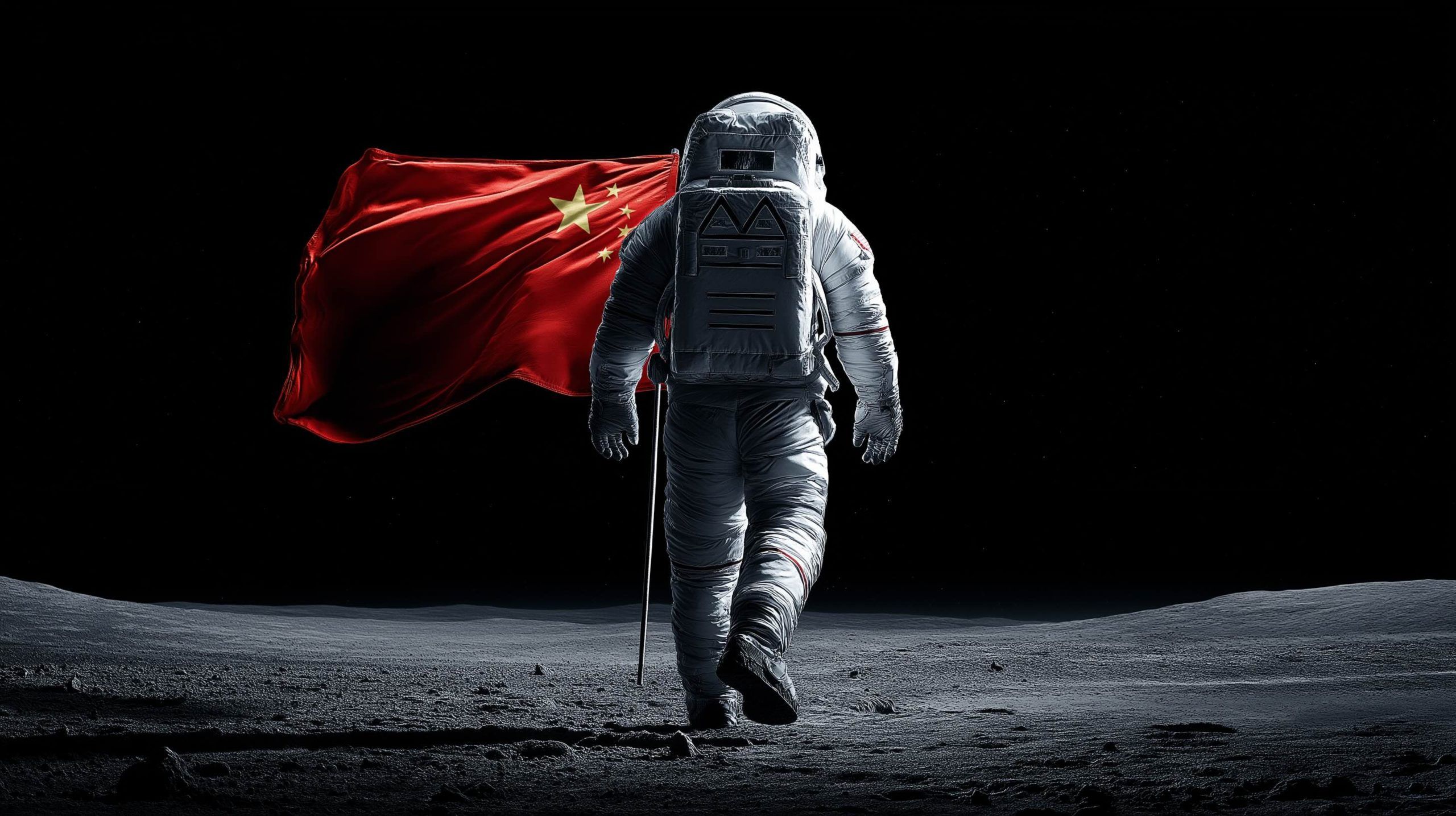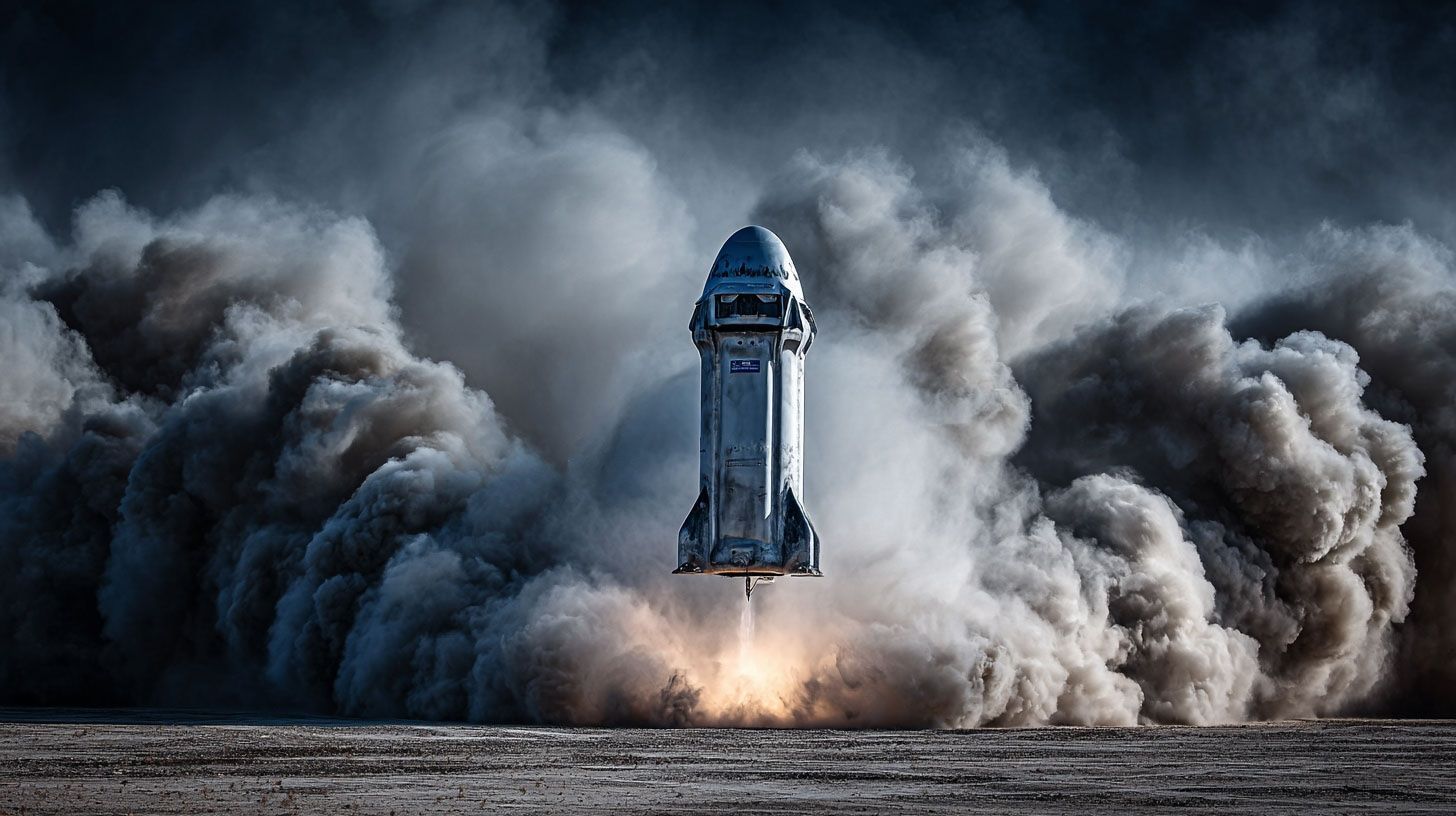
Space Race Frenzy: Satellite Triumphs, Cosmic Surprises & Billion-Dollar Bets Galvanize Space Industry
Key Facts Government Agencies: New Satellites, ISS Resupply & Artemis Science NASA & ESA – Ocean Satellite and Artemis Research: On Sept. 11, NASA and the European Space Agency spotlighted their upcoming Sentinel-6B oceanography satellite, due to launch in November.





